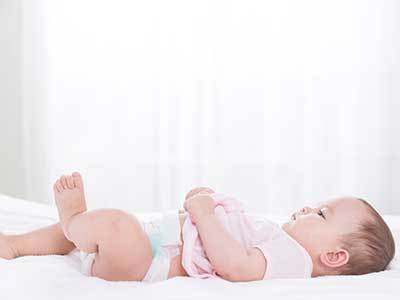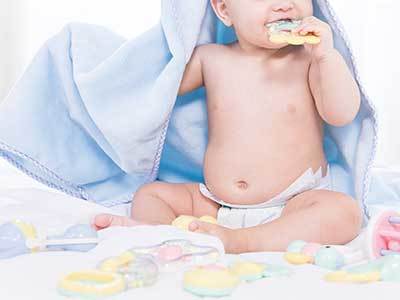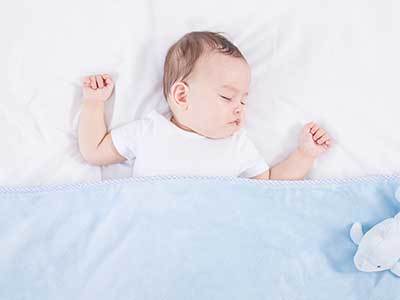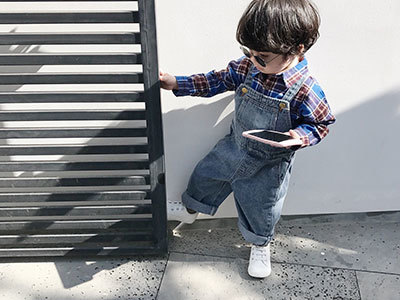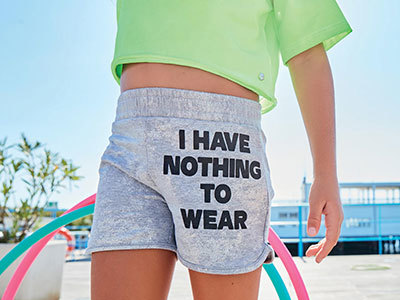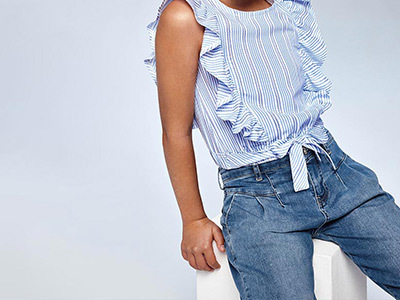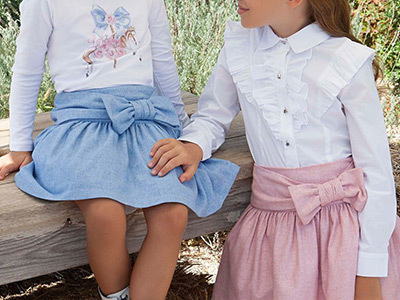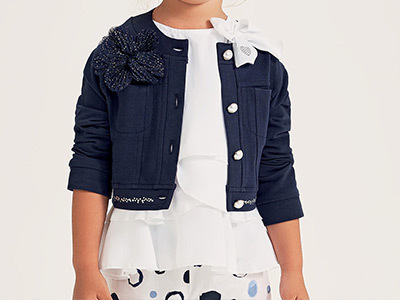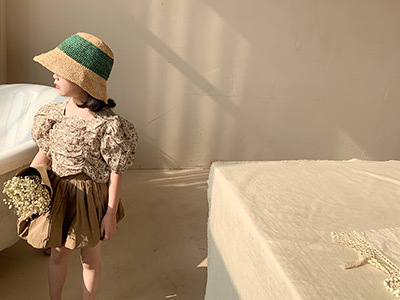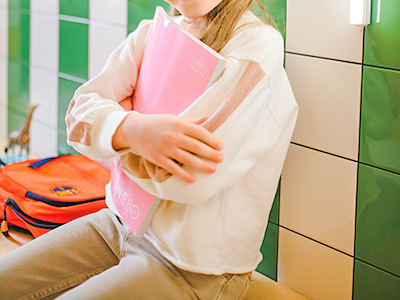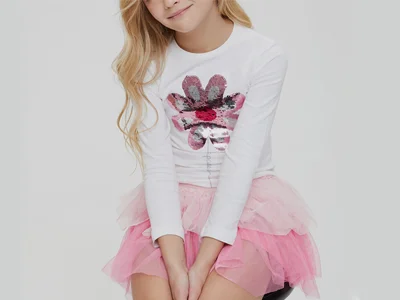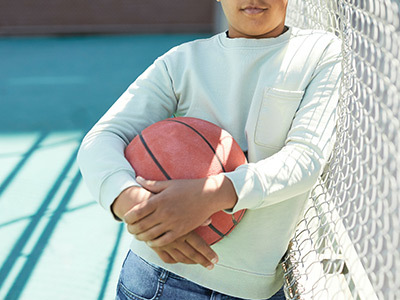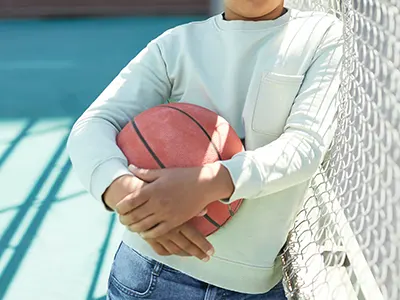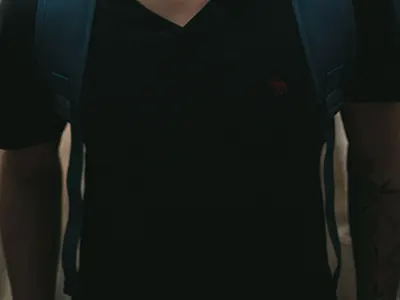Three no products flood the market, poor quality children's clothing becomes a hidden danger to the baby's health
Published:
2022/06/10
The new clothes I bought for my child were shortened by nearly half after only one wash. At the same time, the child always complained of itchy skin and refused to wear it. Such poor quality children's clothing has been strongly complained by parents.
On December 19, Ms. Liu complained to Haikou 315 that she recently bought a set of children's clothes for her 4-year-old daughter at the Haikou Pobo Market. The child kept screaming and refused to wear it. At that time, Ms. Liu did not care too much. But after washing it once, she was surprised to find that the new clothes had been shortened by nearly half, and then she realized that there might be a problem.
The industry and commerce department inspected the clothing market and found that many children's clothing did not have the name of the factory and the site, and were "three-nothing" products. At the same time, the workmanship was poor, with obvious odor, and the ornaments on it could be torn off with a little force.
It is understood that the Haikou Longhua Industrial and Commercial Bureau has specially rectified the clothing market in the previous stage, and also seized a lot of inferior children's clothing of unknown origin, some of which were found in specialty stores and wholesale markets. At the same time, the reporter learned from Haikou 12315 Headquarters that since the beginning of this year, the station has received a large number of complaints about the quality of clothing (because many have been transferred to various industrial and commercial offices, the number cannot be accurately counted), of which children's clothing accounts for more than 30%. Children's skin is delicate and the quality of children's clothing is directly related to their health. The current uneven children's clothing market is very worrying.
"Three no" products flood the children's clothing market
In response to the poor quality of children's clothing that consumers reported strongly, the reporter went to some children's clothing sales and wholesale markets in Haikou to conduct surveys and interviews.
In the clothing market on the second floor of Xiuying Market, the reporter saw that a large number of children's clothing do not have factory names, and the price is cheap. You can buy a set for more than ten yuan; The reporter saw that some brands of children's clothing are on sale, which are of great value. Although the signs are relatively complete, some packaging is worrying. For example, some beautifully packaged children's clothes have many pins inserted into them, but there is no warning; 10 yuan to buy three pieces. These clothes exude an obvious odor, and the buttons and other accessories on them are loose; the two large children's clothing wholesale markets "Tong Yu" and "White Horse" in Deshengsha Road are full of children's clothing, but most of them are not fully marked.
The reporter learned in the interview that at present, most of the children's clothing sold in the Haikou market are from places such as Jiangsu, Zhejiang and Guangzhou, and many of them are from small family workshops without hygiene and quality assurance. There are very few local clothing factories in Haikou that produce children's clothing.
In the wholesale market of Deshengsha Road, a wholesale owner surnamed Wu told reporters that her clothes here are all imported from Guangzhou, which are very cheap. People buy them regardless of the pieces, but the bags, and these children's clothes go to some in Haikou. Specialty stores, the prices are terrifyingly high.
The reporter learned from the Provincial Garment Association that at present, there are more than 20 garment processing factories registered in Haikou, and most of the rest are unqualified family workshops. At present, almost all children's clothing sold in Haikou Night Market are from small workshops in other provinces. Not only are the products "three-nothing", but these children's clothing use a large amount of formaldehyde in pursuit of style, resulting in a serious excess of formaldehyde content.
How to choose safe children's clothing?
First of all, it is necessary to purchase products with complete and detailed descriptions, including name, address, product model and specification, composition and content of raw materials used, washing method, product standard number, product quality grade, and product quality inspection certificate. Choose undergarments that are light in color, as they have better colorfastness. For infants and young children, it is best to choose pure cotton, the kind without fluorescent powder, and the color should be soft white.
Considering that children's clothing is easy to shrink, when choosing, pay attention to choosing clothing with a low shrinkage rate and a looser style.
Pay attention to the fixed objects inside and outside the clothing, such as various silk threads, pins, decorative buttons, pins, etc. Before wearing them for children, parents should remove them all, and the labels sewn on the inner side of the underwear should also be removed, so as not to hurt the children. skin.
When purchasing children's clothes with accessories, parents should check the firmness of the accessories, and it is not advisable for children to wear underwear with too many accessories. Also check that the neck, underarms, and crotch of the garment are sewn flat.
Finally, newly bought children's clothing should be thoroughly washed first, so that children can wear them safely.
There are mandatory standards for formaldehyde content in children's clothing
According to relevant persons from the Haikou Quality Supervision Department, the biggest safety hazard of inferior children's clothing is excessive formaldehyde. Formaldehyde is a toxic chemical substance. The formaldehyde in clothing mainly comes from various textile printing and dyeing auxiliaries, which can seriously irritate the skin and respiratory tract. In this regard, the country has issued a mandatory national standard: GB18401-2001 "Limitation of Formaldehyde Content in Textiles", and the standard has been implemented since January 1, 2003. However, due to equipment and technical reasons, Hainan Province has not yet done similar tests.
keywords



